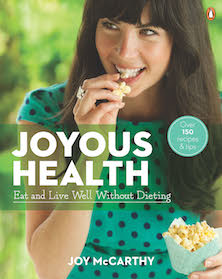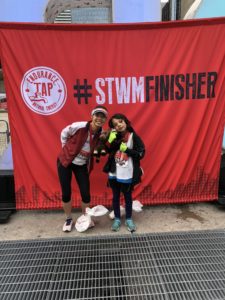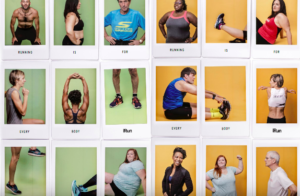By: Tim Huebsch Photo: Peter Stokes
It’s arguably the most exciting format of racing, and for sure the muddiest. The 2018 Canadian Cross-Country Championships are this Saturday, Nov. 24, and given recent weather, the outcomes are all the more unpredictable.
See, unlike road racing, where the fastest person on paper is likely to win, cross-country is more technical, and tactical, because of the twists and turns, hills, footing, tight quarters and ability to perform in less-than-ideal conditions.
WHERE IS IT: Kingston, Ont., at Fort Henry National Historic Site. The course consists of a 2.5K and a 2K loop to be completed as many times as required for the given distance. The terrain is rolling, without any major hills, and the course overlooks Lake Ontario and the rest of the city, which is situated about halfway between Toronto and Ottawa. This year marks the final year that Kingston, Ont. hosts the championships before it’s moved to another city in Canada. Start and finish lines are 80m apart and the course is extremely spectator-friendly.
As of Friday, the course is snow-covered and forecast calls for 7 C and rain, which will contribute to a messy course, paired with the fact that there will be hundreds of runners on the start line, wearing spiked footwear.
Two weeks ago, the U Sports – Canada’s university governing body – Cross-Country Championships were held in the same location, at Fort Henry. Those championships were strictly for Canadian universities, and many of those runners will be competing again this weekend. Brogan MacDougall, who won the U Sports Championships, will be competing in the U20 division (she’s in first-year and beat athletes three to four years older than her at university nationals), while the men’s winner from U Sports, Connor Black, is not racing.
So, what’s the big deal?
Like any national championships, the opportunity to become a Canadian champion presents itself at the Canadian Cross-Country Championships. The event is the biggest race of the year for cross-country and brings together hundreds of runners to compete over the same distance (unlike in track and field in which runners specialize in certain events). The Canadian Cross-Country Championships are a more encompassing event than the U Sports Championships since many of who are competing are no longer in university, are in high school, attend university in the United States or they attend college.
Does everybody in Canada race?
Yes. And, no. The race attracts runners of all levels, including Olympians, collegiates and high school runners. But there’s also a masters race for those older than 30, and a community race, which is open for everyone, regardless of experience. The main difference between the community races and the championships races is that you need to be registered with Athletics Canada, the national governing body, for the championships races. The community race is like a road race, anyone can run.
Defending champions Luc Bruchet (senior men’s 10K), Claire Sumner (senior women’s 10K), Brogan MacDougall (U20 women’s 6K), Sadie Sigfstead (U18 girl’s 4K), Campbell Lee (U18 boy’s 6K), Michael Gill (masters 8K) and Sarah Nagy (masters 8K) all race again in 2018. The U20 men’s defending champion Kieran Lumb is the only non-returning winner. All defending champions should be in contention for the victory with notables including Ben Flanagan, Sasha Gollish and Natasha Wodak in the mix for the senior titles.
In total, 1,124 runners are registered for the Saturday event, which is split into eight races, between 4-10K. That said, some of the nation’s best talent are passing on the event because it’s so late in the year, or they’re coming off recent races so they opted out due to recovery reasons.
What’s On the Line?
Money, national podium spots and a chance to earn an automatic berth to represent Canada at the IAAF World Cross-Country Championships in 2019.
When is it?
Saturday, Nov. 24
9 a.m.: Community 5K
9:45 a.m.: Masters 8K
11 a.m.: U18 Girls 4K
11:30 a.m.: U18 Boys 6K
12:15 p.m.: U20 Women 6K
1 p.m.: U20 Men 8K
1:45 p.m.: Senior Women 10K
2:45 p.m.: Senior Men 10K
How can I watch?
Since cross-country is held in essentially held in a field, entry is free if you’re in the Kingston area. Athletics Canada TV and CBC Sports (via the Runnerspace feed) are streaming the event tomorrow beginning at 9 a.m. ET. On-demand replay of the races will be available, albeit behind a paywall.















 Our Magazine
Our Magazine
